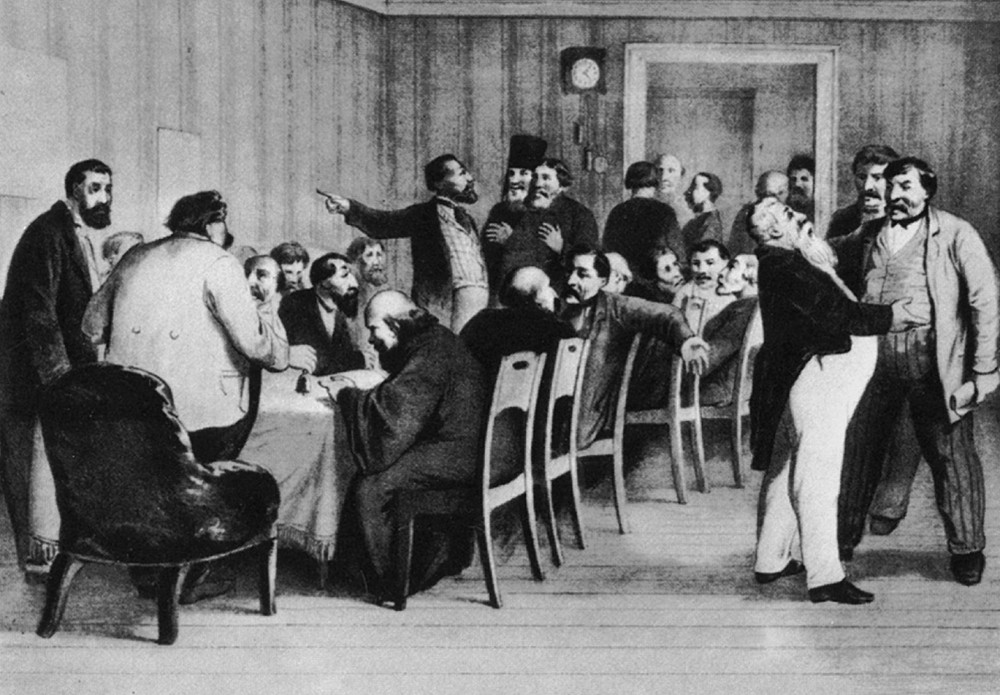
The purpose of this article is to clarify the role of the nobility in the activities of zemstvo bodies endowed by the state with a significant self-governing power. The research methodology is based on the general principles of science and historicism using prosopographic, problem-chronological and statistical methods. Scientific novelty. An analysis of factual data from original historical sources and scientific literature revealed that the state, in reforming local government, relied on the managerial experience of the nobility and its interest in the development of the socio-economic sphere of the area where their estates and production were concentrated. That for the management of economic affairs it was necessary to have a sufficient level of professional competence, knowledge of financial and banking affairs. Moreover, zemstvo, although under state control, was able to form its own budgets with the right to spend it on socio-economic needs: food supply, road construction, trade and industry, medicine, education and other social services. To become public, some of the nobles returned to their estates and left the military and bureaucratic service. Such return was typical of those regions where farming brought obvious benefits. Conclusions. The analyzed data and phenomena allow us to state that the nobles immediately understood the practical benefits of zemstvo activity and took leading positions in zemstvo authorities at both the provincial and county levels. This was facilitated by the electoral legislation with the right to simultaneously holding of estates and zemstvo leadership positions. The main reasons for this combination were attempts to avoid conflicts between the leaders and heads of zemstvo administrations, as well as the limited number of competent nobles who could take responsibility for implementing the decisions of county assemblies. When deciding on the development of roads, providing the population with opportunities for education, medical care, agronomic and veterinary services, the nobles pragmatically took into account the needs of their farmsteads. The implementation of socioeconomic programs required funds, the basis of which was the largest zemstvo tax paid by the nobility, owning the largest amount of property. The development of local infrastructure by zemstvo nobilities objectively served the interests of the general public. Despite the restrictions on economic activities, some nobles used the zemstvo platform to influence the improvement of the political system, as well as the preservation of Ukrainian identity. The cooperation of nobles of different social backgrounds, united by a shared responsibility for the situation of the people and territory entrusted to them, contributed to the emergence of civil society. Although the zemstvos of the Right Bank Ukraine were founded later, they repeated the path of zemstvos, the activity of which began in 1864. Forming their personnel, the state preferred ethnic Russians, to the category of which the Little Russian nobility also belonged. As a result, they received additional powers to deal with the Russification of the region.
Source: Shandra V. (2020). The Nobility of "Ukrainian Provinces" of Russian Empire in Zemstvo Self-Government (1860s – Beginning of the Twentieth Century). Ukrainian Historical Journal. №4: 46-60
Number of views: 2849